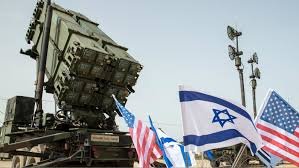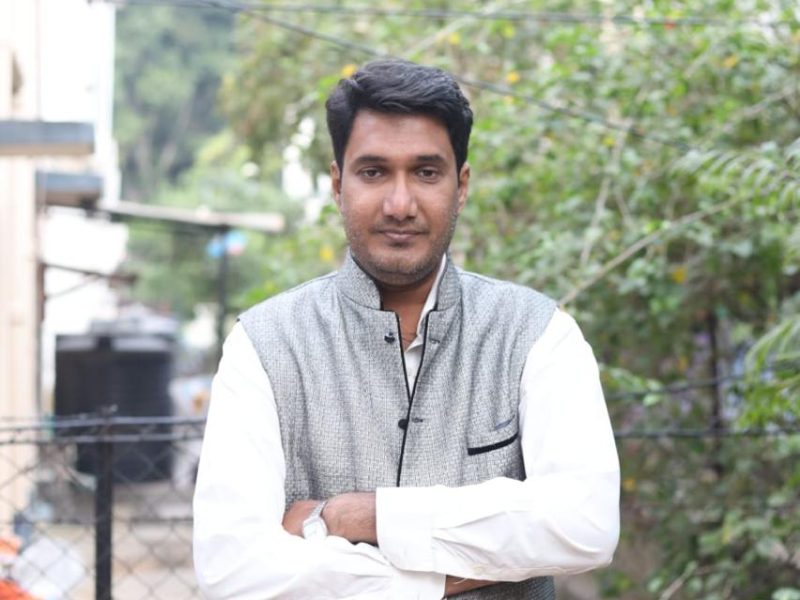June 8, 2025 – The Middle East is once again at the center of a global storm as Israel and Iran spiral into open military confrontation, shaking the fragile stability of the region and raising alarm across global capitals. What had long simmered beneath the surface—a shadow war of covert operations, cyberattacks, and proxy battles—has now erupted into direct armed conflict.
The Spark That Lit the Fire

The latest escalation began in late May 2025, when an Iranian drone attack struck an Israeli military research facility in Haifa, causing multiple casualties and drawing fierce condemnation from Tel Aviv. The Islamic Revolutionary Guard Corps (IRGC) was blamed for orchestrating the strike, which Iran claimed was a response to what it called “Israeli sabotage” on a nuclear site near Natanz earlier in the month.
Although both nations have long engaged in tit-for-tat responses, this incident marked a critical turning point. Israel responded not with covert reprisal—but with open, direct airstrikes inside Iranian territory, including targets in Isfahan, Tehran, and Shiraz.
From Proxy Battles to Open War
For decades, the Israel-Iran conflict has played out through proxies and indirect warfare. Iran supports groups like Hezbollah in Lebanon, Hamas in Gaza, and Shia militias in Syria and Iraq, while Israel has targeted Iranian shipments, infrastructure, and personnel across the region.
But with Jerusalem authorizing strikes deep within Iranian soil, the conflict has entered uncharted territory.
“This is no longer a shadow war. We are looking at the most dangerous confrontation between these two powers since the Islamic Revolution,” said Dr. Lior Ben-Ami, a security analyst at Tel Aviv University.
Cyber Fronts and Information Warfare
Alongside the missiles and drones, both nations have escalated cyber offensives. Iranian hackers disabled portions of Israel’s electric grid in a massive coordinated attack, while Israeli intelligence reportedly crashed Iranian air defense networks hours before the Haifa retaliation strike.
Disinformation campaigns have also intensified on social media, muddying the waters of truth and fueling panic among civilians.

What’s Driving the Escalation?
The deeper question remains: Why now?
Several factors appear to have pushed both sides toward open confrontation:
- Iran’s advancing nuclear program, with recent IAEA reports suggesting Tehran may be only weeks away from weapons-grade enrichment levels.
- Israel’s domestic politics, with Prime Minister Eliav Cohen under pressure from right-wing factions to take a harder stance on national security.
- Regional realignment, particularly growing Israeli ties with Sunni Arab states under the “Negev Pact,” which Tehran views as a hostile bloc.
- Diminished U.S. deterrence, as Washington’s strategic focus shifts more toward Asia-Pacific, emboldening regional actors to settle scores independently.
Global Reactions: Calls for Restraint
The international community has responded with deep concern. The United Nations Security Council convened an emergency session, and U.S. Secretary of State Linda Rodriguez urged both nations to “de-escalate immediately and return to diplomacy.”
Oil prices have surged, global markets are jittery, and flights across the region have been rerouted amid fears of broader regional warfare.
Voices on the Ground
In Tel Aviv, air raid sirens are now a daily reality. “We’re sleeping in bomb shelters,” said resident Yael Mor, “and no one knows if tomorrow we’ll wake up to peace or another missile.”
In Tehran, civilian sentiment is mixed. “We support our country’s sovereignty,” said university student Ali Rezaei, “but we don’t want a war that costs us lives and future.”
What Happens Next?
Analysts say the conflict could evolve in three directions:
- Escalation into full-scale war, especially if more civilian targets are struck.
- Return to limited, calculated strikes to avoid international backlash.
- Mediation by third parties, with Turkey and Qatar reportedly offering to broker a ceasefire.
In a country where air travel is becoming increasingly common, the Ahmedabad plane crash has stirred a nationwide conversation on aviation standards, safety protocols, and crisis preparedness. For those who survived, however, the focus remains on healing—physically, mentally, and emotionally.
“This crash changed me,” said survivor Meera Joshi. “Every day feels like a bonus now. I’m just grateful to be alive.”
ALSO READ:https://indianewsbulletin.in/reliance-infrastructure-is-a-breakout-on-the-horizon/
Last Updated on: Friday, June 13, 2025 8:02 pm by Muthangi Anil Kumar | Published by: Muthangi Anil Kumar on Friday, June 13, 2025 8:00 pm | News Categories: News

